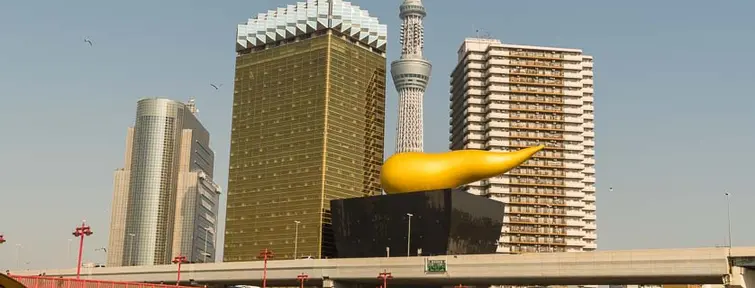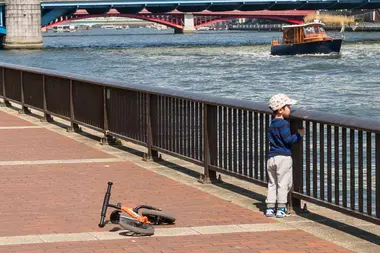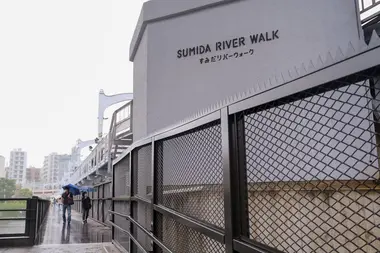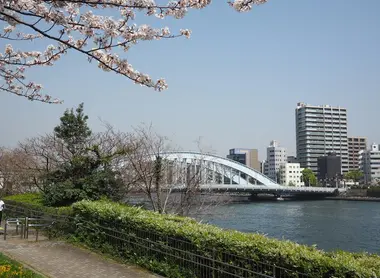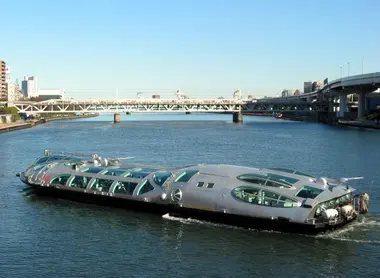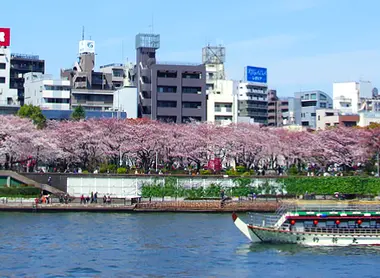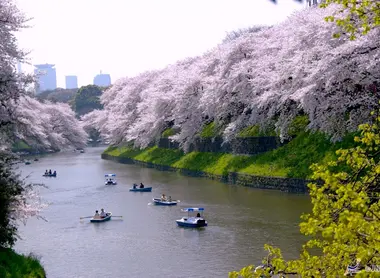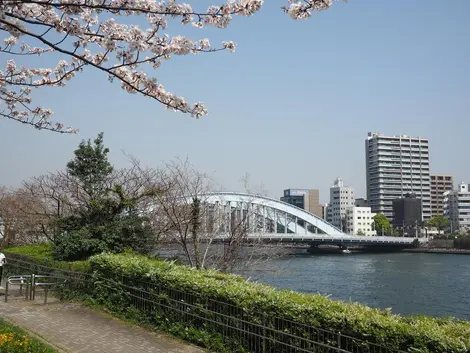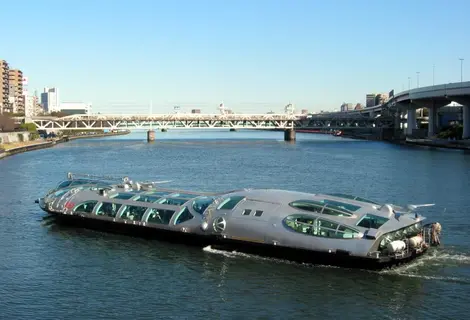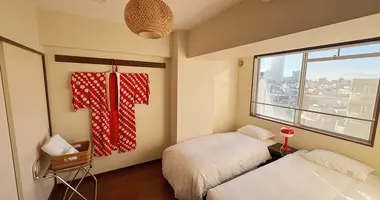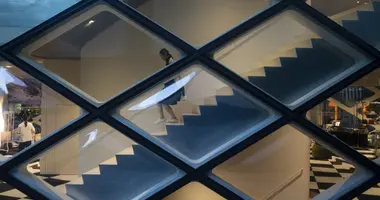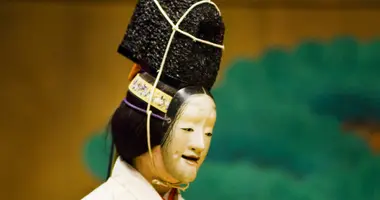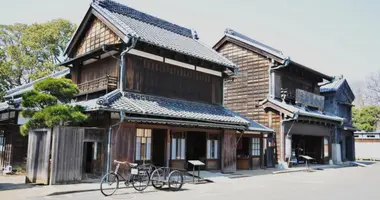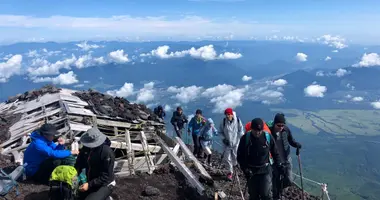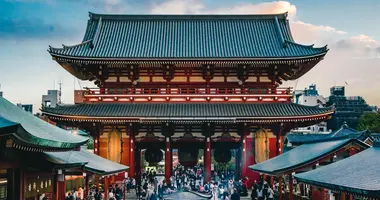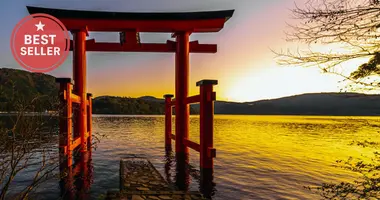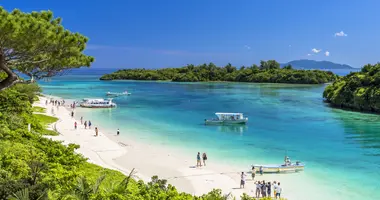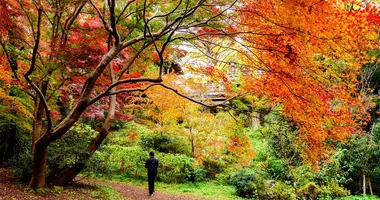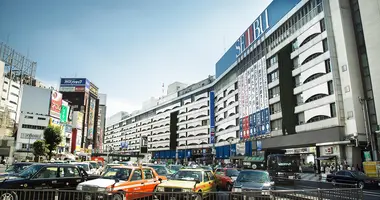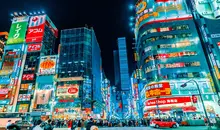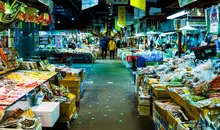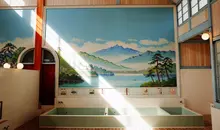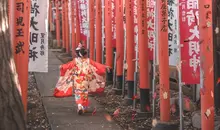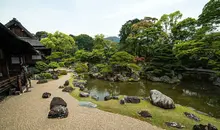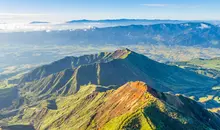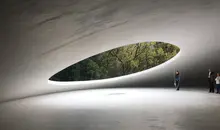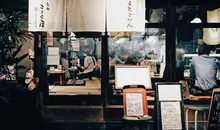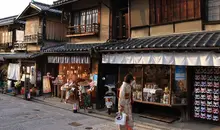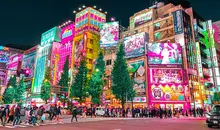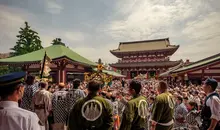Sumida River: Exploring Tokyo's iconic waterway
- Published on : 29/04/2024
- by : Japan Experience
- Youtube
The Sumida River is one of Tokyo's most iconic and historically significant rivers, winding its way for 27 kilometers through the heart of the city. Lined with famous landmarks, charming parks, and vibrant neighborhoods, the river offers a wealth of opportunities to explore and enjoy Tokyo from a unique perspective. From its picturesque cherry blossoms in spring to its dazzling fireworks displays in summer, the Sumida River is a must-visit destination for any traveler to Japan's capital.
Geography and course of the Sumida River
The Sumida River branches off from the Arakawa River in northern Tokyo's Kita ward. From there, it flows south for 27 kilometers through seven of the city's wards: Kita, Adachi, Arakawa, Sumida, Taito, Koto, and Chuo. In central Tokyo, the river averages about 160 meters in width.
Over its course, the Sumida is spanned by 37 bridges at roughly one-kilometer intervals, each with its own unique design and character. Finally, the river empties into Tokyo Bay, the gateway to the Pacific Ocean.
History and culture along the Sumida
The Sumida River has played a central role in the history and development of Tokyo. In the Meiji Period, the river was diverted from its original path as the Ara River to help prevent flooding near the Imperial Palace. The neighborhoods along its banks, such as the historic Asakusa district and its ancient Sensoji Temple, have long been hubs of culture and commerce.
Ryogoku, the heartland of sumo wrestling in Japan, is also located along the Sumida, home to the famous Ryogoku Kokugikan sumo stadium. For centuries, the river has been an inspiration for art, literature, kabuki plays, and poetry, cementing its place in the cultural fabric of the city.
Famous bridges over the Sumida River
The Sumida River's 37 bridges are attractions in their own right, each with a unique design, history, and vantage point. Some of the most well-known include:
- The iconic Eitai Bridge dating back to 1924
- The Ryōgoku Bridge originally constructed in 1932
- The Sakura Bridge connecting Sumida Park and Bokutei-dori Avenue
- The Kachidoki Bridge, the river's only drawbridge, built in 1940 to commemorate Japan's victory in the Russo-Japanese War
Parks, gardens and green spaces
The Sumida River is bordered by a variety of tranquil parks and gardens that provide a welcome respite from the bustle of urban Tokyo:
- Sumida Park extends along both banks and is one of Tokyo's top spots for cherry blossom viewing in spring
- Hamarikyu Garden, a landscaped oasis near the river's mouth with tidal ponds and teahouses
- The Sumida River Walk, a promenade connecting several parks that provides a convenient walking route from Asakusa to TOKYO SKYTREE
Landmarks and attractions along the river
The Sumida River flows past some of Tokyo's top attractions and landmarks:
- Tokyo Skytree, the tallest tower in Japan, offers stunning views over the river and city near Azuma Bridge
- The Edo-Tokyo Museum in Ryogoku chronicles the city's history from the 1600s to today
- The artificial island of Odaiba at the river's mouth is a modern entertainment hub with shopping, dining and amusements
- The stylish Tokyo Mizumachi, a contemporary riverside shopping and dining complex
Sumida River boat cruises and transportation
One of the best ways to experience the Sumida River is on a sightseeing boat cruise. Sumida River pleasure cruisesare a popular way for visitors to take in Tokyo's riverside sights and access areas like Asakusa, Hamarikyu Garden, Tokyo Skytree, and Odaiba.
Cruises run from Asakusa to Hinode Pier, Hamarikyu, Toyosu, and Odaiba. Along the way, you'll take in unique perspectives of the river's many bridges, Tokyo's evolving skyline, and architectural highlights. The futuristic Hotaluna boats designed by anime legend Leiji Matsumoto are especially popular, making the scenic 40-minute cruise from Asakusa down to Odaiba.
Festivals and events on the Sumida
The Sumida River is the backdrop for some of Tokyo's biggest festivals and events. Chief among them is the Sumida River Fireworks Festival, one of the city's largest fireworks displays, held on the last Saturday of July.
The hour-and-a-half pyrotechnics spectacular takes place between the Sakurabashi and Kototoi bridges, drawing massive crowds in excess of a million viewers. While an impressive event, the fireworks festival is extremely crowded and best enjoyed from a distance to avoid long waits and congestion.
Through every season, from its pink cherry blossoms in spring to its dazzling fireworks in summer, the Sumida River offers a chance to immerse yourself in Tokyo's history, culture, and scenery. Whether on foot, by boat, or riverside park, exploring this iconic waterway is an essential Tokyo experience.
